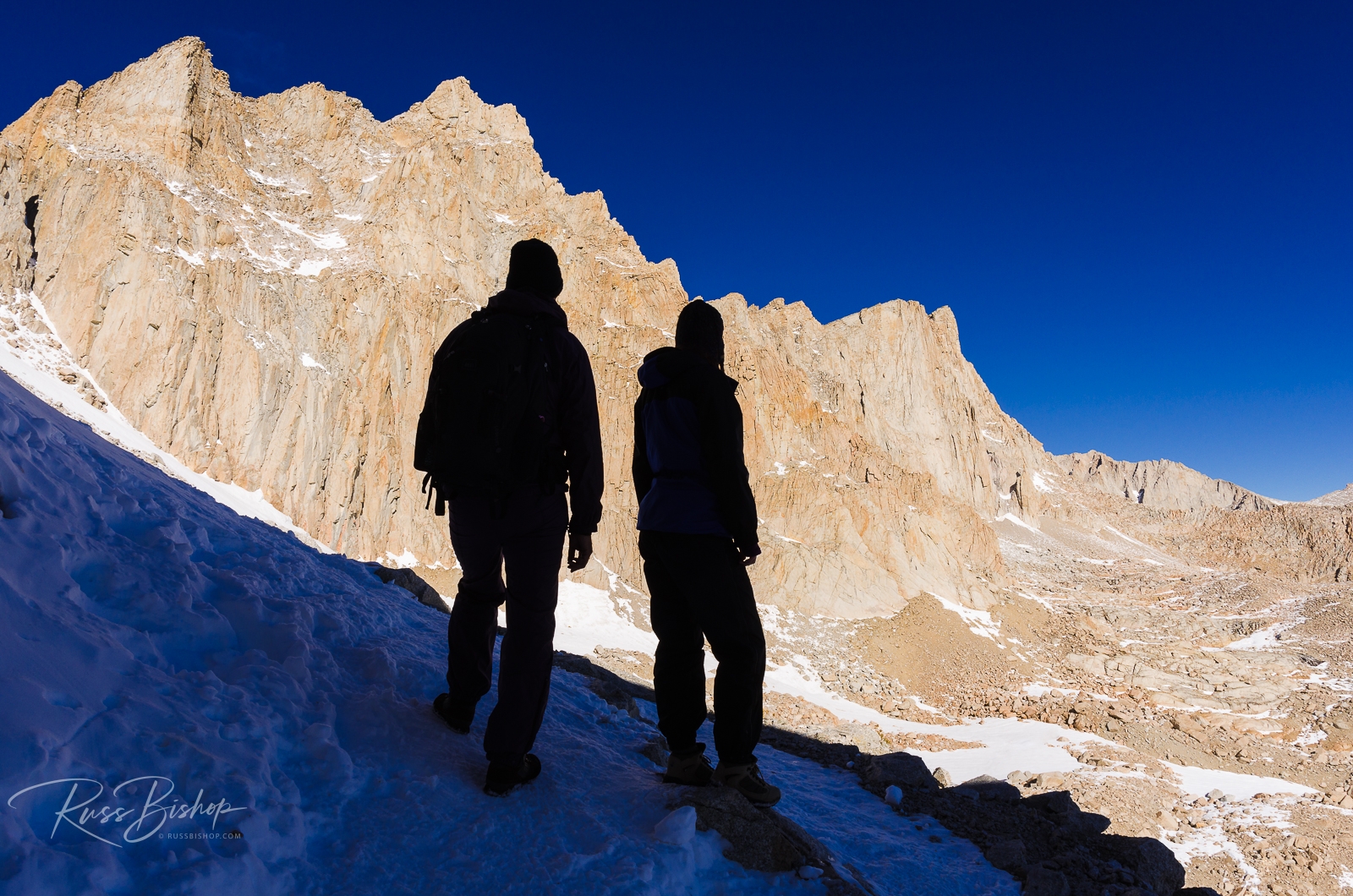
Light and Fast – Tips for Dynamic Adventure Photography. As with many outdoor photographers, the late Galen Rowell was a big influence in my life and early in my career I adopted his mantra of “light and fast” when photographing in the wilderness. His advice still works as well in today’s digital world as it did in the days of film, and I’m sure he would have embraced the realm of pixels and megabytes.
When shooting adventure images, either on the trail or the side of a mountain, I still use the same techniques I did 25 years ago when my camera of choice was a lightweight Nikon FM2 loaded with Velvia and matched with my favorite 24mm f2.8 lens. Although the F3 was my workhorse when shooting fine art landscapes back then (just as my D850 is today), these bodies are overkill for action shots when weight and efficiency are prime considerations in getting the shot.
Today my D7200 has replaced my FM2 with its perfect balance of weight and function (even the batteries are the same as my D850!). And my tiny Nikkor 16mm f2.8 is the ideal complement to that body, with its DX crop revealing an image almost identical to my favorite 24mm. Both of these lenses are extremely sharp even handheld, and offer amazing depth of field for those in-your-face action shots. Most importantly, this setup is so small and light I don’t even know it’s there when skiing, trekking or climbing.
It’s been said many times that vision is more important than gear when making captivating images, and this is especially true when you leave the pavement. Using the available light and following the action is paramount when the conditions are rapidly changing, and the last thing you want is for your equipment to slow you down just when the images are starting to materialize.
Another often overlooked element is physical conditioning. As a photographer you might not be making all the hard moves that you’re trying to document in your subjects, but you often need to travel lightly and move quickly over rough terrain just to keep up – all while staying one step ahead of the oxygen-depleted air at higher altitudes!
Adventure photography is a fast paced form of visual storytelling that should leave your audience feeling like they are part of the action. But as any seasoned wilderness traveler will tell you, the key to success is to stay fit, pack smart, and travel light. Remember Galen’s rule and make sure your equipment is as transparent as possible. It’ll allow you to live in the moment – and that’s where the great images are found.
©Russ Bishop/All Rights Reserved
